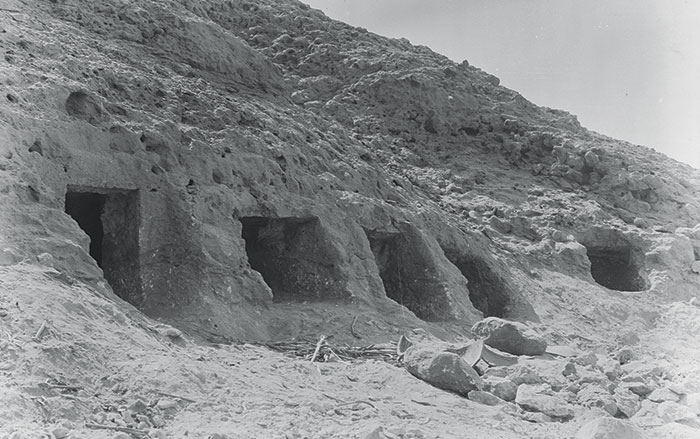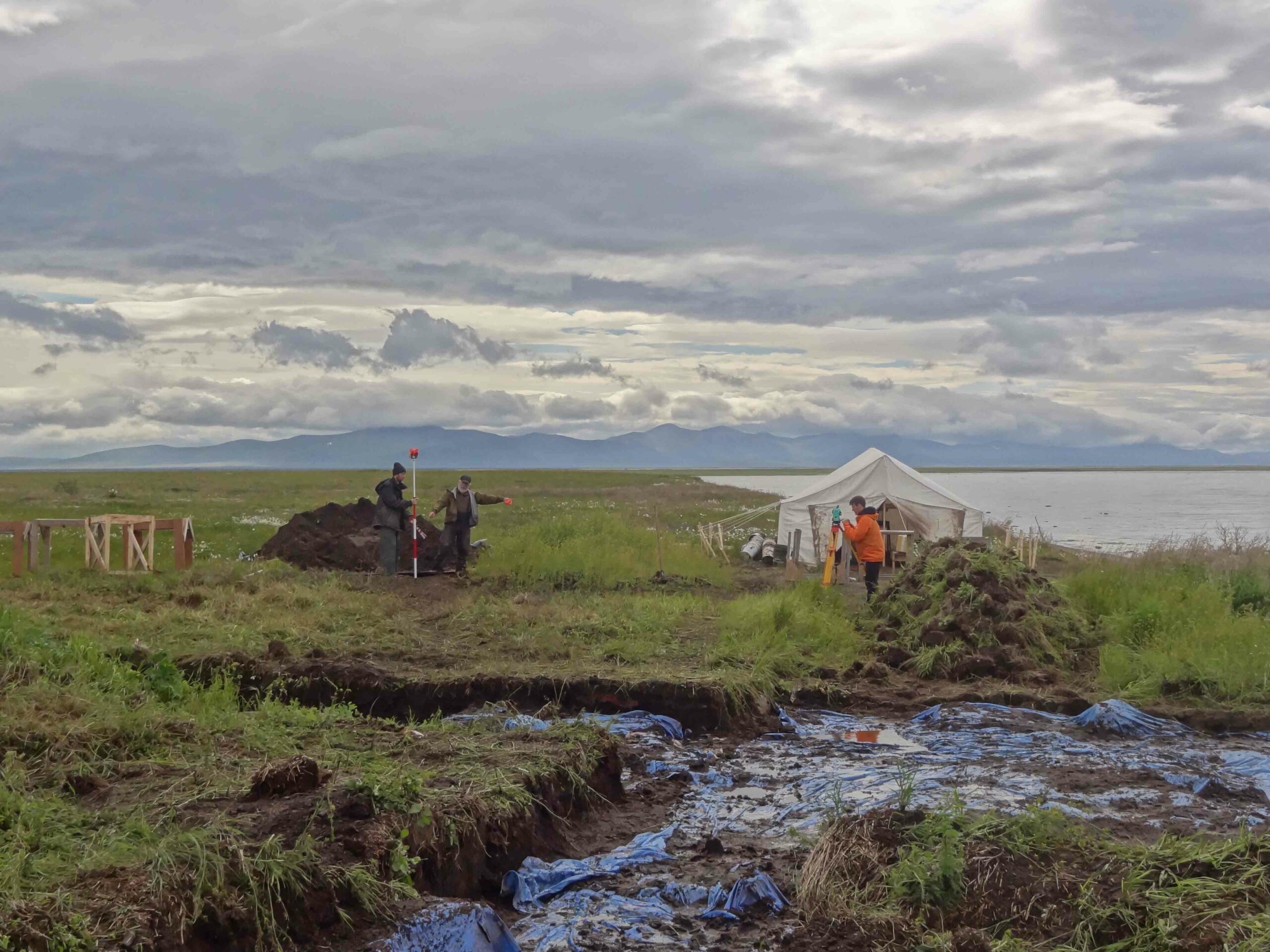
CAMBRIDGE, MASSACHUSETTS—An international team of scientists has identified genes that changed during and after the transition from hunting and gathering to farming in Europe some 8,500 years ago. The DNA, obtained from 230 ancient individuals from Europe, Siberia, and Turkey, supports the idea that Europe’s first farmers migrated from Anatolia and adapted to the European environment with changes associated with height, the ability to digest lactose in adulthood, fatty acid metabolism, vitamin D levels, light skin pigmentation, and blue eye color. Other variants are linked to the risk of celiac disease, which may have been important in adapting to an agricultural diet, and genes associated with the immune system. “The Neolithic period involved an increase in population density, with people living close to one another and to domesticated animals,’” Wolfgang Haak of the University of Adelaide explained in a press release. “It will be interesting to study selection in domesticated animals and to see if there is coevolution between them and the people who were domesticating them,” added Iain Mathieson of Harvard University Medical School. To read more about Europe's first farmers, go to "The Neolithic Toolkit."











